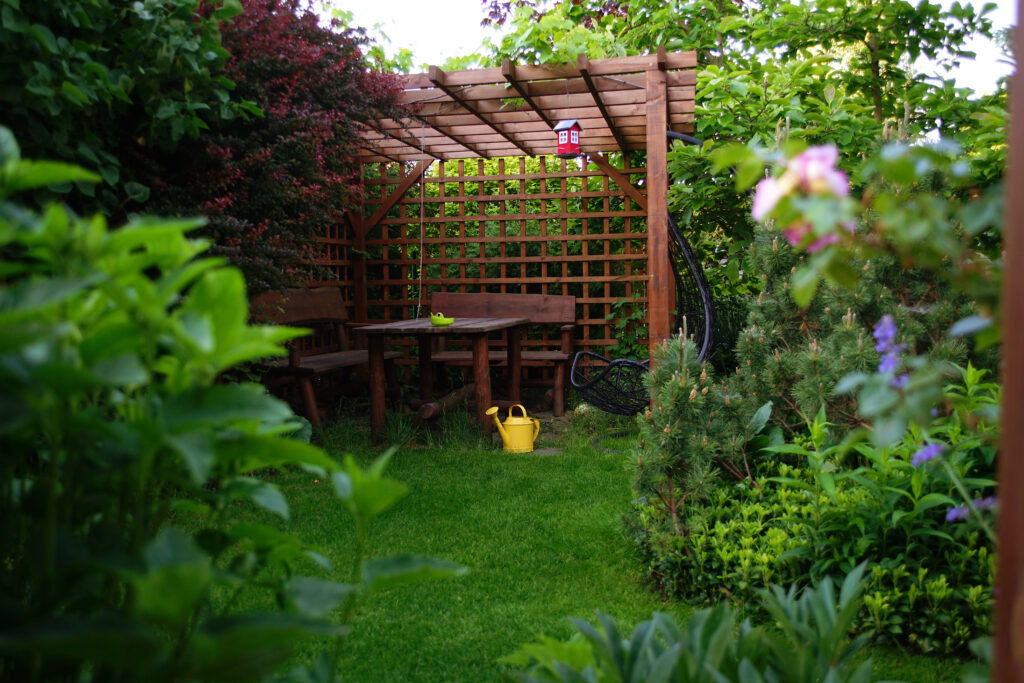

For DINKs (Dual Income, No Kids) who love to travel and hike, the right backpack is essential for making your adventures as seamless and comfortable as possible. Whether you’re planning a day hike or a weekend trek, having the perfect pack can enhance your outdoor experience. Below are five travel backpacks that are ideal for DINK couples who are ready to explore the great outdoors.
1. Osprey Farpoint 40
The Osprey Farpoint 40 is perfect for couples looking to strike a balance between travel convenience and hiking performance. This backpack is lightweight yet durable, offering plenty of storage space without being bulky. It has a padded laptop sleeve, which is great for couples who work remotely and like to stay connected during their trips. The compression straps keep your gear secure, while the breathable mesh back panel ensures comfort on longer hikes. It’s also carry-on compliant, making it a great option for couples who prefer to skip checking luggage. Overall, the Farpoint 40 is versatile enough to take you from the airport to the trails with ease.
2. Deuter Futura Vario 50+10
If you’re planning a more intense hiking trip and need extra storage space, the Deuter Futura Vario 50+10 is an excellent option. This backpack is designed for long hikes and multi-day treks, offering adjustable storage with an additional 10 liters when needed. Its ergonomic design includes adjustable shoulder straps and a ventilated back system, ensuring a comfortable fit even on steep climbs. The separate sleeping bag compartment and multiple pockets make it easy to organize your gear. Couples who value comfort and efficiency will appreciate the backpack’s easy-access side pockets and hydration system compatibility. It’s the perfect choice for DINKs planning more ambitious outdoor adventures.
3. Patagonia Black Hole 32L
For the environmentally-conscious DINK couple, the Patagonia Black Hole 32L is a top contender. Made from recycled materials, this backpack is tough enough to withstand the elements, yet sleek enough to fit urban settings when you’re not on the trail. Its weather-resistant fabric protects your gear from rain and dirt, making it a reliable choice for unpredictable outdoor conditions. The 32-liter size is just right for day hikes or weekend getaways, offering enough space for essentials without being overbearing. With padded shoulder straps and a durable design, the Black Hole is ideal for couples who prioritize sustainability and functionality. Plus, it comes in a variety of colors for a stylish touch.

4. Gregory Paragon 48
The Gregory Paragon 48 is a dream for DINKs who crave both comfort and functionality during long hiking trips. This backpack is designed with an adjustable torso length and a built-in rain cover, making it ideal for unpredictable weather. The ventilated back panel helps regulate body temperature during strenuous hikes, and the lightweight frame ensures you don’t feel weighed down. The Paragon 48 also includes a front stretch pocket for easy access to snacks or maps. With ample storage for a multi-day hike, this backpack is perfect for couples who want to explore the wilderness in comfort and style. Its sturdy design ensures it will last for years of adventures together.
5. REI Co-op Trail 40
If you’re looking for an affordable yet reliable option, the REI Co-op Trail 40 is perfect for your DINK hiking trips. This backpack provides excellent value for its price, featuring a comfortable suspension system and plenty of storage for day hikes or short getaways. It has multiple pockets for easy organization and a hydration reservoir sleeve for staying refreshed on the go. The Trail 40’s padded hip belt offers extra support, reducing strain on your shoulders and back. Couples who enjoy spontaneous weekend hikes will find this backpack to be a great companion, offering both functionality and comfort without breaking the bank. It’s a solid choice for DINKs who want a dependable and budget-friendly option.
Choose the Right Pack for Your DINK Adventures
Finding the right travel backpack can make or break your hiking experience, especially for DINK couples who value both adventure and practicality. Whether you’re seeking durability, comfort, or sustainability, these five backpacks cater to a variety of preferences. From day hikes to multi-day excursions, there’s a pack that fits every type of trip you have in mind. Consider your specific needs, such as size, weight, and added features, when making your choice. With the right backpack, your DINK hiking adventures will be even more enjoyable and hassle-free.












